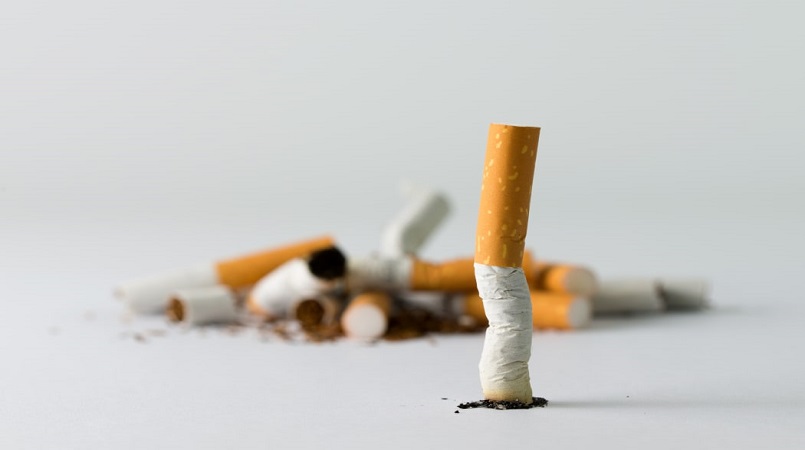
A newly-released survey shows daily tobacco smoking rates for New Zealand Pasifika youth are at a record low of less than 2 percent.
With just 1.2 percent of Pasifika smoking daily, that is significantly less than what it used to be in 2017 when it was at 5.3 percent.
Published by Action for Smokefree 2025 (ASH), the survey is one of the largest ongoing youth smoking surveys in the world, with 29,538 Year 10 student participants, aged between 14 and 15.
The survey looks at both vaping and tobacco use.
It found that 45 percent of Pacific Year 10 students had tried vaping, 11 percent vaped daily as opposed to 1.2 percent who were daily tobacco smokers, and 2.6 percent were regular (ie, either daily weekly, monthly) smokers.
ASH director Sir Collin Tukuitonga, who is a strong advocate for Māori and Pacific health, credits the decrease in smoking rates to various smokefree messages throughout the years in Aotearoa and a general acceptance from youth that smoking is not sustainable.
"But I think what has worked generally is the messages to young people that smoking is not cool and they used prominent people to promote that message to really get young people to accept a movement away from smoking."
Tala Pasifika lead for Hapai Te Hauora's National Tobacco Control Advocacy service, Lealailepule Edward Cowley said there was a gap between people already smoking, compared to those in the 14-15 age group who could not legally purchase tobacco which showed not all age groups had stopped smoking.
"It's difficult for young people to access tobacco, which is probably why we see a drop. We really do see an increase from age 18 to 24, so whilst they are at a young age when they are at school we see a decrease when they start working and earning their own money, then are able to access and start to purchase things they want to purchase so we do see an increase in that age group."
Cancer Society medical director George Laking said adults most likely remained smokefree if they had not taken up smoking in their teenage years.
"The initiation of smoking characteristically occurs in youth, if you can get through your teen years without taking up smoking then you are less likely to take it up in general; they've basically missed the opportunity to take it up and they are not especially likely to take up smoking later on."
Dr Laking also said there was a clear decline in tobacco use for both young people and elders - a positive sign for Pacific and Māori youth.
The survey shows a clear decrease in tobacco use this year among year 10 groups which certainly suggests as Dr Laking said that young people in the future would be much less likely to pick up smoking even though some young people were currently picking up the bad habit when they were 18 years old.
However, a smokefree New Zealand in 2025 still looks grim according to Dr Laking who said there was currently a lack of regulation and legislation in place.
Tobacco use was still prevalent in Māori communities which would still take a bit of time to reduce, he said.
"It would be 50-50 chance to get to that point," he said.
The Ministry of Health is hoping to have less than 5 percent smoking rates for each ethnic demographic by that date.
To find out more about the annual ASH Year 10 Survey visit ASH Year 10 Snapshot Survey 2021 NationBuilder.
